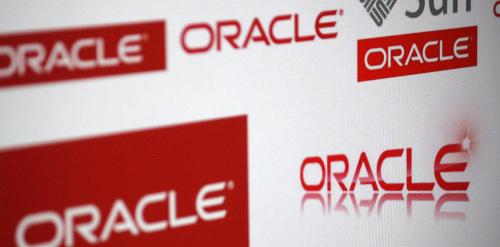
Traditional databases from the likes of IBM, Microsoft and Oracle could be replaced by cheaper, higher-performing and "scale-out" systems.
That is according to Splice Machine CEO Monte Zweben, who claims the startup’s transactional SQL relational database management system (RDBMS) will make it "very difficult" for traditional database vendors to maintain their share in the market
The Splice Machine system, introduced in May 2014, combines the Java-based Apache Derby relational database with Hadoop’s HBase NoSQL database and ANSI-99 SQL support.
While he acknowledged that Oracle, Microsoft and IBM have "wonderful engineered architectures", he said they come at a price and that "many people don’t have the budget to scale up, so their alternative is to scale out".
"What typically happens is when we are introduced to an enterprise, they’re experiencing trouble with an application because it is either too expensive to maintain to keep it performing well or it’s just not performing well," he told CBR.
"I think we’ll be needling away at the market share of the large database vendors, mostly Oracle."
He pointed to Harte Hanks, a marketing services provider for top brands worldwide, which has seen a greater than 10x price and performance improvement with the Splice Machine RDBMS compared to their existing Oracle RAC databases.
"The problem that they experienced was that, as they grew with the number of retailers utilising this management service, the whole architecture was being powered by Oracle RAC," he explained.
"And the Oracle system grinded to a halt and they experienced performance problems."
He added: "We’ll see how well we execute but, over time, I think this is going to be an explosive opportunity. I think the affordable scale-out solution is critical. I think people are going to buy this software in a different way than they used to buy software…There’s very little barrier to entry for people to really get a feel for it."
Matt Aslett, research director for Data Platforms and Analytics at 451 Research, told CBR while the company does have the potential to challenge Oracle, IBM and Microsoft, he expects the transactional database market to be dominated by traditional approaches at least for the foreseeable future.
"However, we have already seen Hadoop grab a small but growing slice of the analytics market, and Splice Machine’s approach has been validated by the recent emergence of Hewlett-Packard’s Trafodion project, which is also designed to support transactional and operational workloads on Hadoop," he explained.
"In addition, Splice Machine partner MapR and Hadoop creator Doug Cutting have also begun talking about the potential they see for Hadoop to support transactional workloads. It is still very early stages but we do see that the concept has real potential."
Alys Woodard, research director for Big Data at IDC, also told CBR the days of dominance by two or three vendors are coming to an end.
"As technology proliferates in order to handle Big Data requirements, one size no longer fits all. There’s plenty of room for smaller players with innovative technologies to win deals with large enterprises who have been pushing the boundaries of what traditional relational databases are doing," she explained.
"Having said that, of course the large vendors aren’t just sitting their with their relational databases taking the maintenance – they are also innovating, around areas like in-memory, parallelization, Hadoop integration, and combining transactional and analytical databases into a single platforms. So there’s plenty of change going on. The question is to what extent will the market consolidate."
451’s Aslett added that there are also a small number of "forward-thinking" enterprises that are looking to adopt distributed scale-out architecture for their next-generation database platforms.
When asked how Splice Machine differs from other scale-out vendors, Zweben said: "Most of the other scale-out vendors on Hadoop are focused on analytics only.
"They don’t have multiple users reading and writing concurrently to the database and they don’t need those ACID (atomicity, consistency, isolation and durability) properties in real-time. So we’re a different kind of database, a database that would be used for operational applications."






